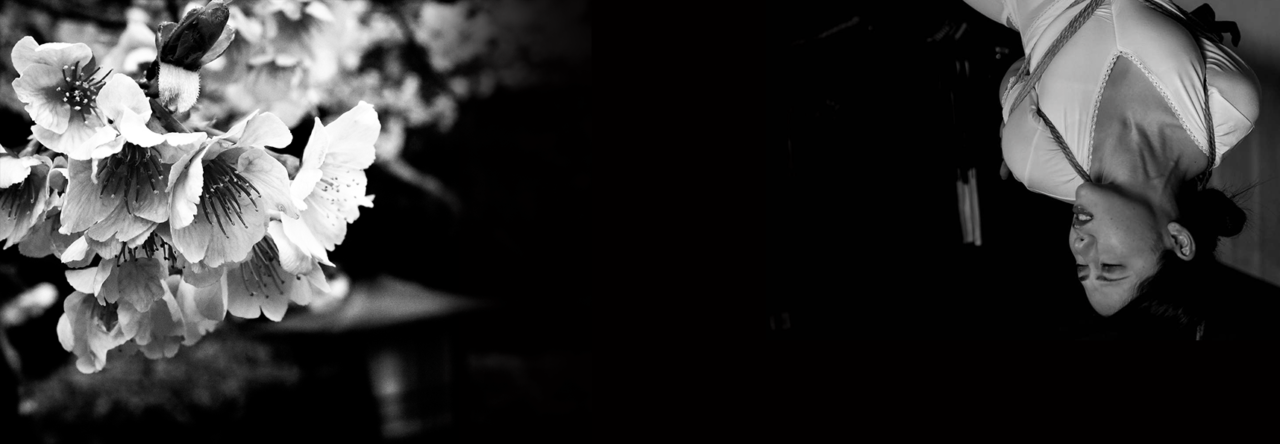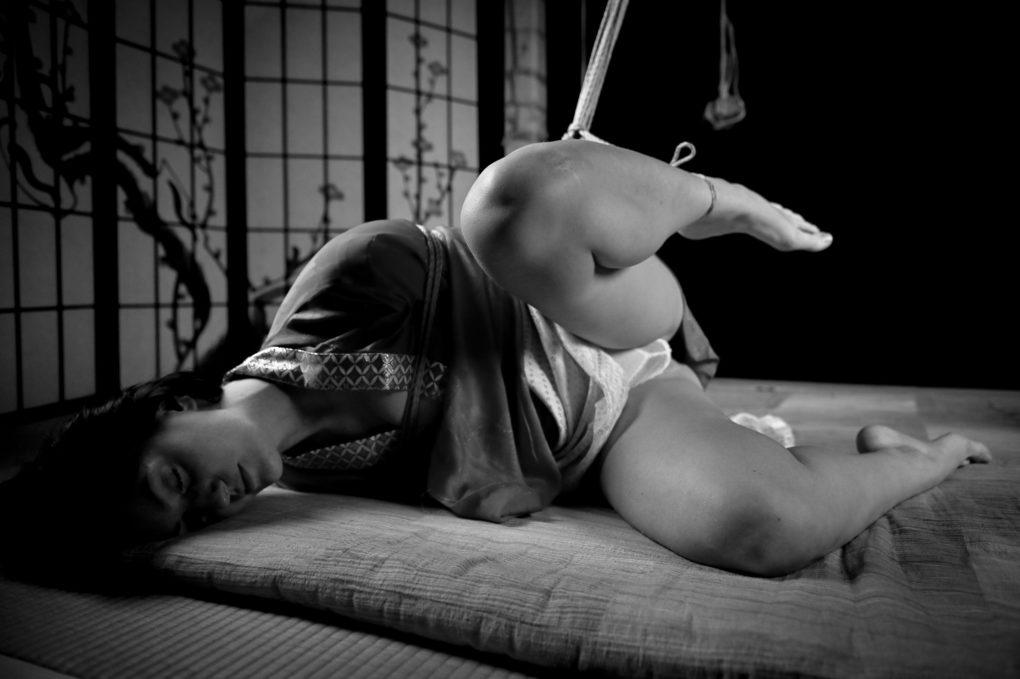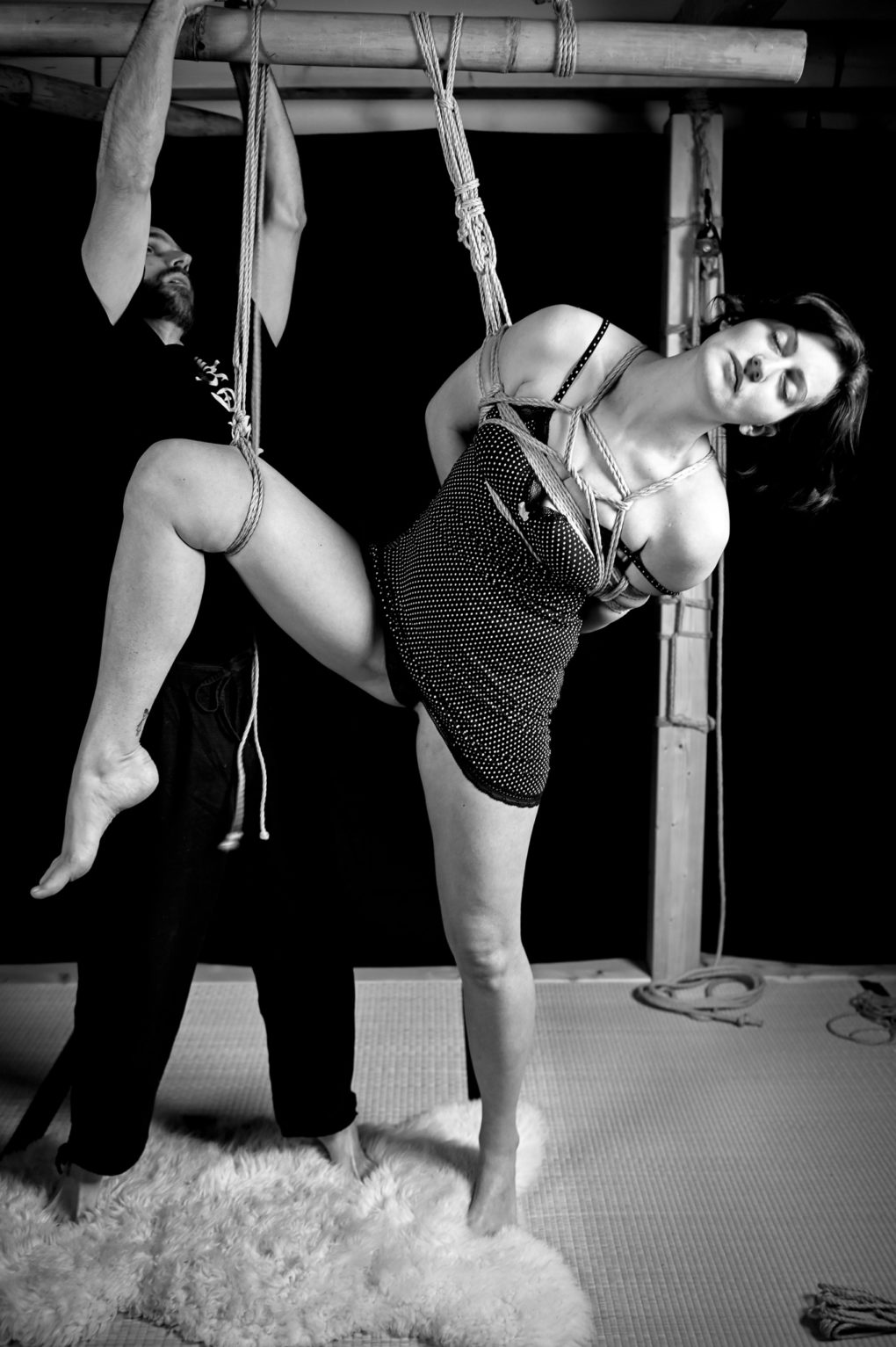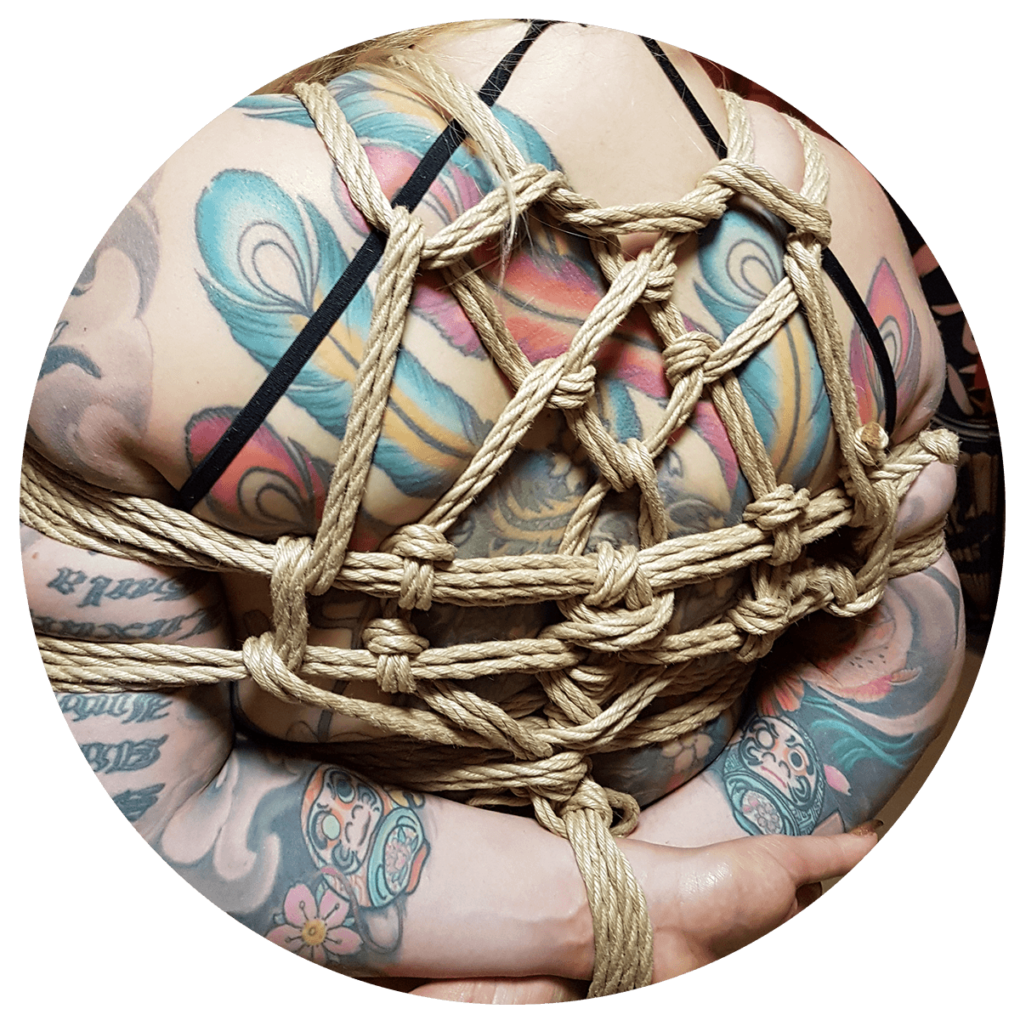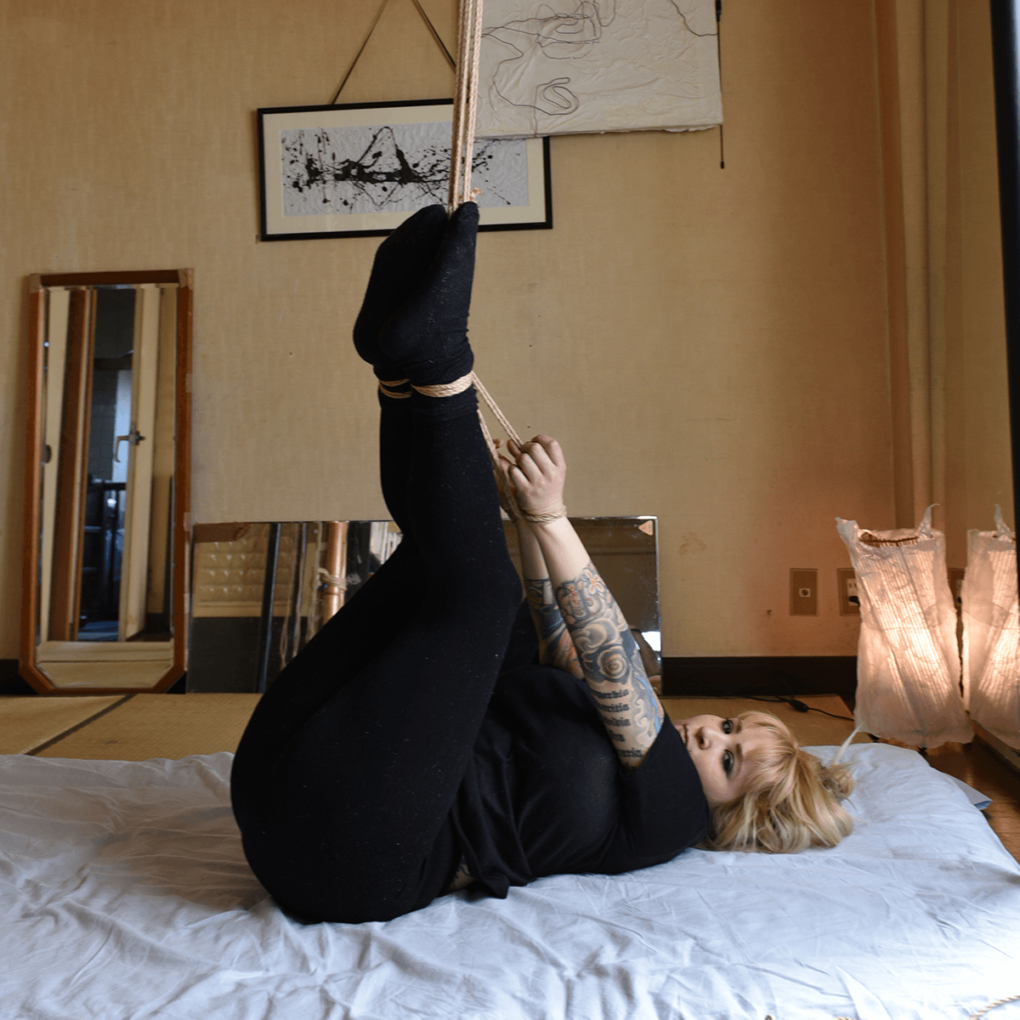Kanejaku (曲尺) is a traditional Japanese unit of measurement. It is hardly used in everyday life since the metric system was introduced. A shaku is about 30.3 cm, which makes it comparable to a cubit. In shibari, a shaku occurs in the shakuhachi pattern, for example.
Since the Kanejaku is the “normal” and most common length (other than the Kujirajaku), it is often referred to simply as “Shaku” (尺).
The next smaller unit is Sun (寸). One Kanejaku consists of ten Sun.



